#Jim Keltner
Text

Cover shoot for George Harrison's Living in the Material World, Los Angeles, 1973 © Pattie Boyd
#unprecedented levels of green in this image. in awe#ringo starr#jim horn#klaus voormann#george harrison#nicky hopkins#jim keltner#last guy is literally just some entertainment lawyer but you know what. he gets a tag#abe somer#they're at his house so its only fair#pattie boyd#by pattie#george h#ringo#klaus#midposts
30 notes
·
View notes
Text
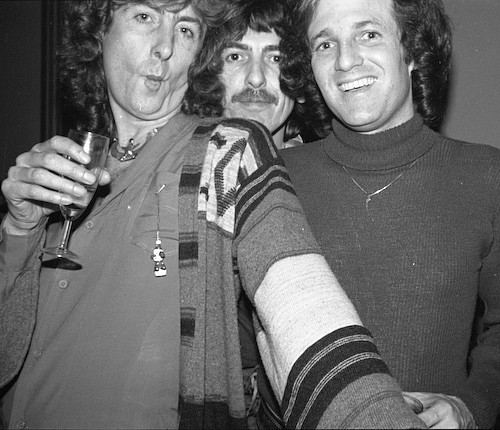
George with Eric Idle and Stuart Lerner; photo by Carinthia West.
“Oh my God, how he could talk. This was the quiet one! He never shut up. Thank God.” - Eric Idle, The Greedy Bastard Diary
“And all the funny stories about him recently about being ‘the quiet Beatle’ — he was the most talkative person I know.” - Jim Keltner, Rolling Stone, January 17, 2002
“George is known as the quiet Beatle — he wasn’t quiet at all.” - Klaus Voormann, translated from Süddeutsche Zeitung, 2009
“I mean, he would talk a lot, George, anyway. I mean [laughs], I always loved that ‘Quiet Beatle’ bit, cos you know, George could talk for England, really.” - Michael Palin, Concert for George bonus features (x)
#George Harrison#quote#quotes about George#harrisonarchive translations#Klaus Voormann#Eric Idle#Michael Palin#Stuart Lerner#George and Klaus Voormann#George and Eric Idle#George and Michael Palin#Jim Keltner#George and Jim Keltner#fits queue like a glove
135 notes
·
View notes
Text
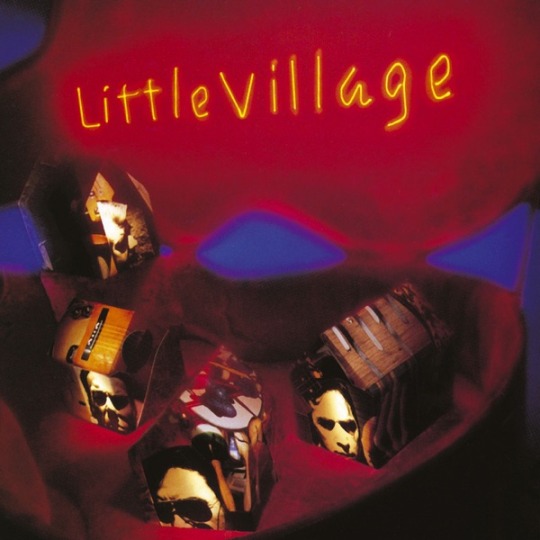
24 notes
·
View notes
Text

Tom Petty, Jeff Lynne, Jim Keltner, Paul McCartney, Joe Walsh, Olivia, Tom Hanks, and Dhani Harrison
29 notes
·
View notes
Text
youtube
George Harrison - Brainwashed

16 notes
·
View notes
Text
youtube
Savior Complex by Phoebe Bridgers from the album Punisher - Video starring Paul Mescal, directed by Phoebe Waller-Bridge [Behind the scenes here]
#music#phoebe bridgers#christian lee hutson#blake mills#sebastian steinberg#jim keltner#conor oberst#rob moose#ethan gruska#tony berg#music video#phoebe waller bridge#paul mescal#rina yang#paula rebanks#kat morgan#gary dollner#isobel waller bridge#joseph bicknell#zoe liang#bw#video#Youtube
30 notes
·
View notes
Text
“When I talk about George, sometimes I feel like I’m making him sound too much like he was a saint. By no means was the man a saint! Over the years with him and John, they could both be really brutal with Paul. I learned very early on that I couldn’t join them. They both on different occasions said, ‘We can say that, but you shouldn’t.’ They were truly brothers who loved taking the piss out of each other, but they didn’t want anybody else doing it.”
— Jim Keltner, Uncut, April 17th, 2023
72 notes
·
View notes
Text
Jim: let’s all raise our glasses!
Roy, Bob, George, Jeff and Tom: [take off their shades and raise them into the air]
#the traveling wilburys#jim keltner#roy orbison#bob dylan#george harrison#jeff lynne#tom petty#source: bob's burgers
76 notes
·
View notes
Note
I was watching one of those tributes to Charlie episodes that John de Christopher put out. Jim Keltner was on it and talked about how Steve was amazed at how thick Charlie's sticks were (I know that sounds like a euphemism) and that he tried to use them for a few songs but he couldn't do it and he mentioned it to Jim. Jim said that when he shook hands with Charlie, Charlie's hands were bigger than Jim's and said that Charlie had "big soft hands" and that George Harrison was the same. Two "small dudes but they had big soft hands." And it made me feel all warm inside, this small elegant gentleman with big soft hands. Awww
For comparison, you can see the size of his hands against Shirley’s shoulder:
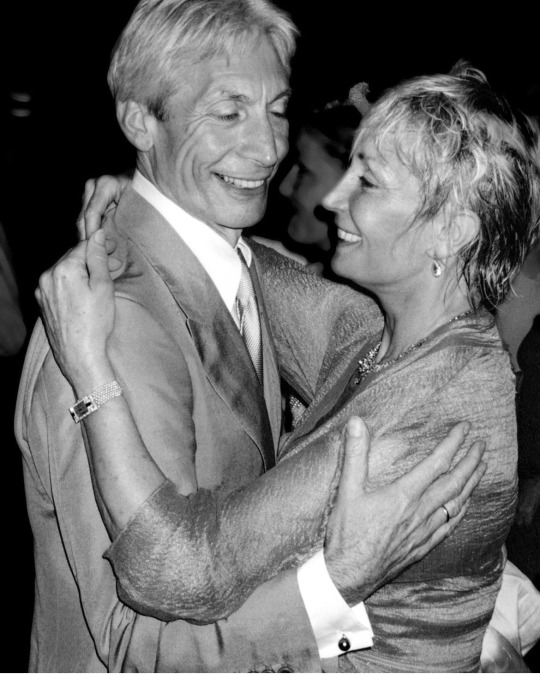
#they are really big#but also beautiful#it’s very old fashioned but they’re what my dad always calls piano player hands#long elegant fingers and a big palm#mick has really large hands as well#much bigger than you’d expect for such a skinny and not particularly tall guy#but they’re like baseball mitts#the rolling stones#charlie watts#old married band#jim keltner#george harrison#video#sound on#ask response#anonymous#doing my best not to think of what the typical implication of men having large hands is
11 notes
·
View notes
Text
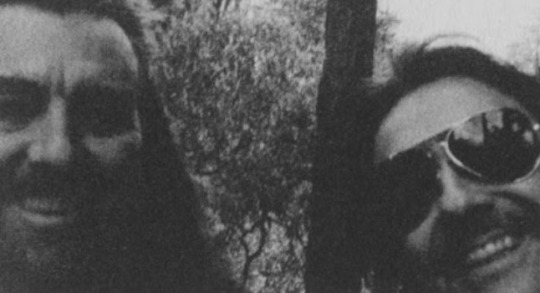
Photo courtesy of Jim Keltner in Rolling Stone’s January 17, 2002 issue.
“He loved to make you happy, to see your expression when he showed you stuff that meant something to him, like walking in the garden and showing you a plant of which he knew the Latin name. Even in the garden, he was such an artist. It was so pretty, and he liked to share these things. He was so easy to be around, and he had this mischievous glint in his eye yet never harmful. Such a sense of humor. Once when Ringo, George and I were sitting in his garden, George said, ‘Let’s all grow old together and live in a great big house.’ I felt that’s what would happen. To wake up at Friar Park to a cup of tea and a slice of lemon cake, to play with George, was magic.” - Jim Keltner, Mojo, November 2014 (x)
#George Harrison#Jim Keltner#quote#quotes about George#George and Jim Keltner#Ringo Starr#et al.#Friar Park#fits queue like a glove
79 notes
·
View notes
Text

25 notes
·
View notes
Text
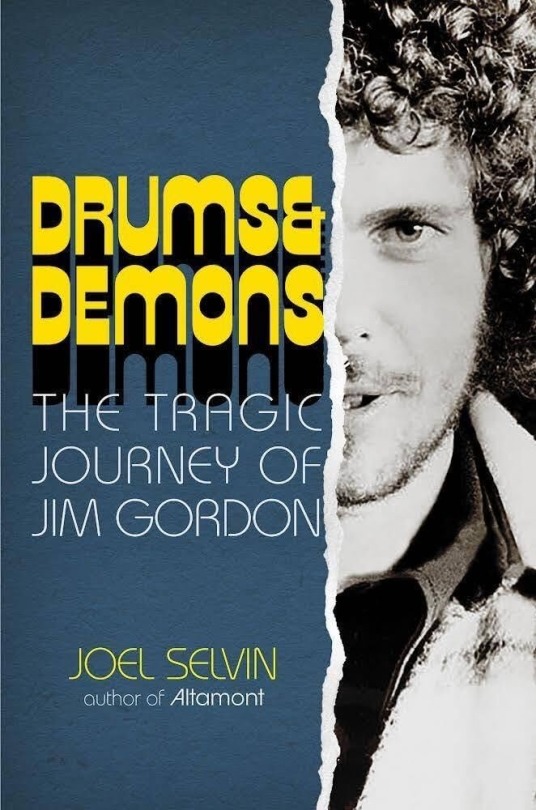
Book Review: “Drums & Demons: The Tragic Journey of Jim Gordon” by Joel Selvin
Tortured by his own brain and barely functioning, Jim Gordon still found comfort in music and by 1983 was playing in dingy clubs with a band called the Blue Monkeys.
The gigs were Gordon’s only normalcy in his world of deepening mental illness.
This moment before things fell apart serves as author Joel Selvin’s introduction to the drummer, who had once been the go-to session man in Los Angeles and was a former member of Derek & the Dominos and Traffic.
“Everybody knows how this story ends,” Selvin writes in the first chapter of “Drums & Demons: The Tragic Journey of Jim Gordon.” It ends, of course, with the drummer murdering his mother, Osa Gordon, in 1983 after a career that established Jim Gordon as one of the most revered drummers in rock ‘n’ roll history.
Gordon’s tale is that of a gut-wrenching struggle with mental illness and stuff-of-dreams musical triumphs that veteran music journalist Selvin tells from an omniscient point of view, in the way Bob Woodward writes his political tomes, with citation saved for the notes and bibliography of the 302-page book.
With cooperation from surviving family members and former colleagues like Jim Keltner, Eric Clapton, Mike Post and others, Selvin paints a sympathetic picture of the Wrecking Crew drummer who struggled against the voices in his head as he recorded and toured with the Everly Brothers, the Beach Boys, Gordon Lightfoot, Joan Baez, George Harrison, Frank Zappa and others between stints in the aforementioned bands with Clapton and Steve Winwood. But while Gordon tamped down his emerging schizophrenia enough to engage in musical success, he also decked his then-girlfriend Rita Coolidge while the pair were on the Mad Dogs & Englishmen tour, committed other troubling acts of violence against women and engaged in behavior, such as speaking to people who were not present during recording sessions, that concerned his friends and family even as it left them at a loss of what to do.
Gordon’s career slowly dissolved as the 1970s turned to the 1980s and his grasp of reality grew more and more tenuous. Hospital stays and stints in rehab were unsuccessful at muting the voices that ultimately directed Gordon to kill his mother.
When they did, he listened. Gordon went to Osa Gordon’s house and murdered her with a hammer and butcher knife before heading out for a night of drinking. Police arrested a distraught Gordon, who confessed, the next morning.
He was sentenced to life in prison. Selvin ends the story in 1993 when Gordon and his fellow inmates are watching Clapton pick up a Grammy for his unplugged version of “Layla,” which Gordon was credited with co-writing.
“I’ll be darned,” Gordon said.
A more-complete book would’ve at least touched on the intervening 30 years, Gordon’s life behind bars and his 2023 death at 77. That said, “Demons & Drums” is the most-complete book on Gordon the world is likely to get and is worth the read. For despite its mildly sycophantic tone, and Gordon’s oft-horrendous behavior, Selvin has served up not only Gordon’s story but a fascinating history of the evolution of drumming and the 1970s music scene.
Grade card: “Drums & Demons: The Tragic Journey of Jim Gordon” by Joel Selvin - B+
4/3/24
#jim gordon#joel selvin#drums & demons: the tragic journey of jim gordon#derek & the dominoes#traffic#jim keltner#eric clapton#mike post#the wrecking crew#the everly brothers#the beach boys#gordon lightfoot#joan baez#george harrison#frank zappa#rita coolidge#mad dogs & englishmen#the blue monkeys
4 notes
·
View notes
Text

Charlie Watts, Jim Keltner, Steve Jordan, and Ringo Starr- four of the greatest drummers in rock history in one sitting.
#charlie watts#ringo starr#steve jordan#jim keltner#the rolling stones#the beatles#traveling wilburys#xpensive winos#greatest drummers
23 notes
·
View notes
Text
youtube
Without You by Perfume Genius from the album Set My Heart on Fire Immediately out on @matadorrecords - Director: Kristin Massa
#music#perfume genius#michael alden hadreas#mike hadreas#gabriel cabezas#jim keltner#james lee keltner#blake mills#alan wyffels#rob moose#video#music video#kristin massa#anna tran#vincent briseno#adrienne winston#thi lam#josh arriazola#matador records#matadorrecords#Youtube
35 notes
·
View notes
Text
“[George] was the most unusual person. John was just very, very normal. He was a regular kind of guy: funny, incredibly smart, and incredibly fast with everything. Nothing took a long time. When we got to hanging out, it was fantastic but it was like living in a cloud. There’s so much John stuff that I just can’t remember because we were so loaded, and everything was so condensed, timewise. George was just the opposite. With George, it was always kind of mystifying how he would come up with stuff to do, and how easily he made it happen.”
— Jim Keltner, Uncut, April 17th, 2023
#I think this is the only time I’ve seen John described as normal#‘very very normal’#what#what is he talking about#???#my quotes#john lennon#george harrison#jim keltner
37 notes
·
View notes
Text

Neil Young with Booker T. & The MG's - Los Angeles Sports Arena, Los Angeles, California, September 11, 1993
A seriously historic occasion! For me, anyway. This show, just about 30 years ago, was the the first time I saw Neil Young. The term "life-changing" is thrown around a lot, but I think it fits here. Something about Neil's performance here sent me down the path I'm still on today, searching for sounds that made me feel the way I did that night.
What was it, exactly, that had such an impact on 14-year-old me? Hard to say three decades later, but I think it had something to do with the overall sonic experience of the concert. Neil's guitar was so enormous and enveloping, ricocheting around the arena — almost more of a physical presence than just a sound, especially on those long abstract outros he'd lead the MG's through, shooting wild, unnameable things directly into my veins. That's right, Neil Young got me into pure noise. The Feedback & The Damage Done!
You might not believe it, but until recently, I hadn't listened to the tape of the show! I guess I wanted to preserve the memory. But it's been long enough, goddamnit! So here it is, in all its AUD glory. A pretty solid recording, actually, nicely capturing the cavernous acoustics of the venue (which was the now-demolished home of the LA Clippers, don't ya know).
What strikes me most about the set all these years later is the downright radical interplay between Neil and legendary drummer Jim Keltner. The show came towards the end of this particular tour, and Keltner at this point seems intent on kicking his leader's ass a little bit, throwing in daring fills that send the songs momentarily spiraling into chaos. Neil delights in these out-of-time curveballs, responding with ever-wilder solos. Amazingly, I think Keltner comes in with the beat reversed on "Down By The River" but the dude is such a pro that he makes even that sound cool.
And speaking of "Down By The River" ... it was this one that was ringing in my ears for months to come following the concert. It felt almost impossibly massive, a lumbering behemoth, sinister and ecstatic all at once. Perfect. But the high points weren't all electric; indeed, Neil's hushed rendition of "On The Way Home" (the only time he'd play it in 1993) is a wondrous prayer, somehow bringing an arena full of people to a standstill. I held my breath with my eyes closed ...
8 notes
·
View notes